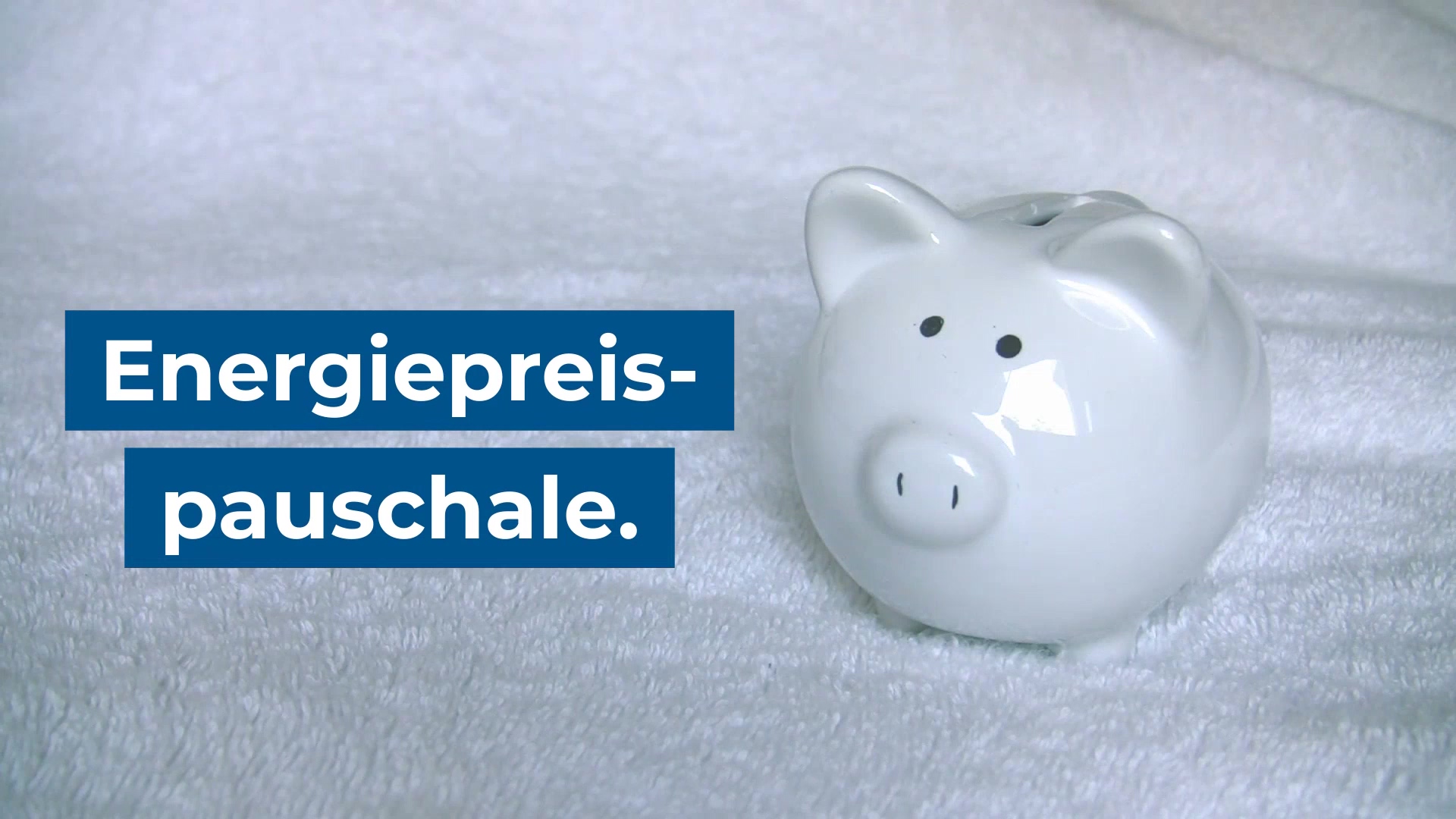Do you often have the feeling that time slips away without bringing you any real results? After an intense day, full of work, family life and recreational activities, do you feel like you don’t know what this day really brought you? That you missed something important? Welcome to the club! I too experience days like this. Now an article by Leo Babauta has shown me where the solution to the problem lies.
Babauta, whose first book Zen to Done has already inspired me a lot, is synonymous with simplicity and clarity in shaping one’s life. His approach to a full time of activities that support your goals and personal development: curate your day!
Cured? What is it?
As you may know, I have worked in a museum for a long time and have also helped design special exhibitions: putting together thematically appropriate objects and presenting them in the visitor lounge with accompanying texts. So that visitors can get as much information and inspiration as possible from this presentation.
Sensible arrangement of objects is important because space in the exhibition hall is limited. It is therefore not just a matter of selecting, but above all of leaving out objects that do not sufficiently support the theme of the exhibition and do not offer any added value to visitors. It is precisely this selection and arrangement of meaningful and significant objects that is called curation!
So it’s all a question of omission. Anything that does not serve the purpose or statement should be omitted. Any designer working on a logo will tell you the same thing: a successful, touching and meaningful logo is what remains after you have eliminated everything superfluous.
This is regarding curatorship.
Why you should carefully curate your day if your time is important to you
Time: our most important and scarcest asset! So let’s invest it carefully and (if possible) only in things that will help us move forward:
- Tasks that serve to achieve our goals
- Activities that match our personality and values. This helps us develop further
- Spend time with family and everyone close to us
- Activities that stabilize and improve our health
- Videos, texts, books, conversations: everything that contributes to our personal development.
So it is better to leave out as much as possible every day what is not worth your time in this sense. If you keep your personal values and goals in mind when planning your day, you will automatically gain clarity on the structure of your day.
By the way, you also protect yourself from stress and excessive demands. In the museum (and of course in well-designed sales rooms), sufficient space between objects ensures relaxation and concentration on what we should/want to keep an eye on. Likewise, a curated day always offers sufficient gaps between things to do (i.e. free time between scheduled appointments and scheduled time slots). They are as important as the scheduled times themselves.
And how do I take care of my day?
It’s actually quite simple: plan your day around your values and goals. So when you look at your inbox (your backlog, your memory of ideas, your permanent to-do list—whatever you call the place where you write down everything you want to do soon) and your appointments for the new day, choose carefully what you want to do in the next 24 hours.
Turn it into a coherent concept that you are happy with and can implement. Just a reminder: space in an exhibit hall is limited, and so is your time. And your inbox (or something…) contains tons of ideas and to-dos whose value to you and their feasibility have not yet been determined.
So ask yourself what your upcoming tasks and appointments are before including them in your daily plan:
- Does this contribute to my goals? What’s the point if I do that? Is it still relevant (an appointment set well in advance, a once brilliant idea can lose meaning over time and would therefore be better to remove it from your inbox)
- Does it benefit me or those I care about as much as I thought it would? Or might another solution be better?
- Does it have to happen on this day? Or is there still time? Or maybe it’s better to do it later (when I have more information, when I can combine it with other similar activities, …)
- Do I have to do it myself or can I delegate it?
- Is a colleague waiting for you to do so so they can continue working? Are they an essential and time-critical element in your production process?
- If I do this, will the ratio of time dedicated to work, family, personal development and breaks still be correct?
A yes shows you that this appointment, this task has the right to be completed on that exact day. If you still have doubts because something extremely urgent, extremely annoying, and usually unpopular is coming up and wants to be done, even if you’ve already answered no to all the questions about its value: ask the definitive question:
What’s the worst that happens if I don’t do it (today)?
Once you can weigh the negative consequences and make your choice, the curated day rewards you with a list of activities unique to you and your goals and values. And it remains stress-free and doable.
Contingency plans for your curated day
You often have a bad feeling when planning your day. You want to complete as much of your list today as possible. And put a lot more on your plate than you can handle well and stay relaxed at the same time. Don’t panic: There are some emergency tips to keep you on track.
“Implementable:” theme means you don’t fill your day 100% with tasks, but rather plan enough buffers. How often do you misjudge how long a task will take, even if you’ve done it many times before? Let me tell you: often the route to the office can be multiplied if you drive at the wrong time and get stuck in traffic. And online conferences only work for periods of time if everyone can really get comfortable with the technology.
The devil is just a squirrel. So make sure there is enough space between times and appointments. And check from time to time whether the estimated time for your commute to the office (taking on a client, cleaning the apartment, creating a WordPress website) is really realistic.
If your current plan isn’t working (yet), don’t panic
Curation must be learned and practiced regularly. This doesn’t work overnight, especially if you have an unstructured and overwhelming inbox. So take it one step at a time.
So if you’re currently stuck in projects with an unrealistic schedule and a client or boss is pushing for completion: try to find out the problem, the pain point, as soon as possible. And communicate with the client or boss in a timely manner. Maybe the deadline can be postponed? Or was there already a buffer from the beginning that you can now take advantage of? And be sure to bring your experiences with you to the next project. This is valuable data that will help you calculate your time more realistically next time.
Talk to your family and friends if you realize in the morning that you won’t be able to meet the scheduled time for a meeting. Valuing your time isn’t the only thing: Value your partner’s time too, and reach out to him early so he can incorporate your new priorities into his schedule.
Here’s an extra: If your day repeatedly doesn’t match your values and goals: Check these too to see if they’re still true. And check your inbox (you know…) at regular intervals to see if you really (still) want to implement all the ideas, appointments, tasks and projects listed there. Checking your inbox regularly provides greater clarity and takes the stress out of your life, as now only the things that you can and want to implement await you.
latest posts published

Are you starting to run? This is how we persevere!

Your time invested profitably every day: What are your EPAs?

Energy flat rate: who is entitled to the 300 euro bonus?

Here’s how companies choose the right solution

Set and achieve goals with SMART

Different working models and employee retention: a connection?

Flexible working hours

Personal Kanban in the notebook: be productive

Reporting for effective workforce management


